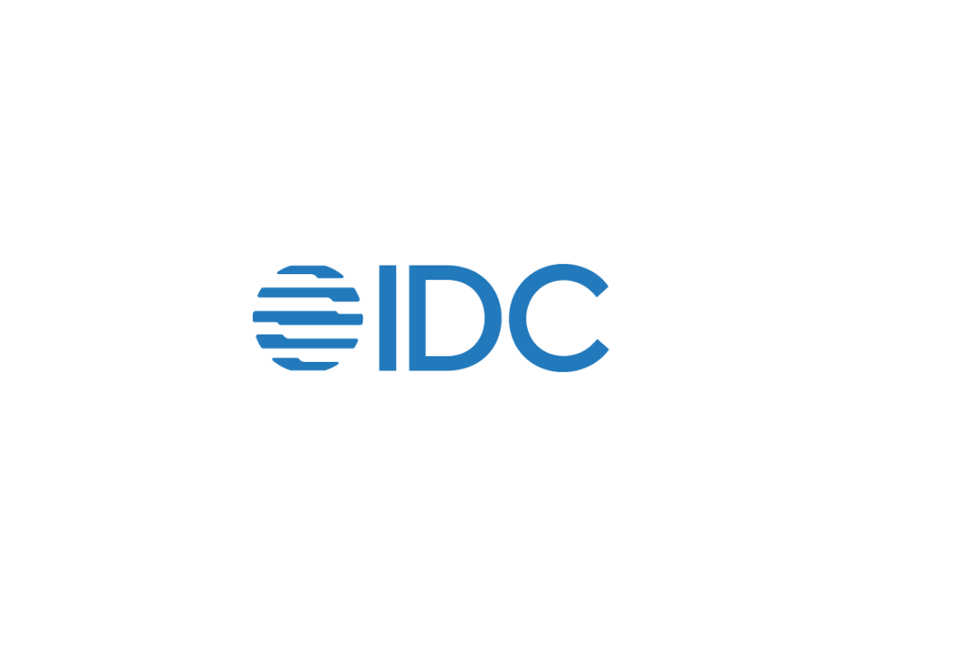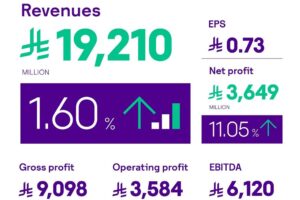There is a dire need to ensure that 5G spectrum policies in the Gulf Cooperation Council (GCC) region and South Africa include effective spectrum allocation and management strategies. This is key to ensuring that the evolution from 3G and 4G networks to 5G networks and capabilities is seamless, viable for ecosystem players, and accelerates digital transformation imperatives.
Over the past few years, national regulatory authorities (NRAs) in the GCC region have allocated significant quantities of spectrum, particularly in the mid-band of 1-6GHz, to accelerate 5G deployments and adoption. What happens next needs to be the introduction of policies and practices that create a healthy and competitive ecosystem designed to accelerate the achievement of key national development imperatives, says Keoikantse Marungwana, IDC’s senior research and consulting manager and telecom and IoT lead for Sub-Saharan Africa.
“The NRAs have also made limited allocations of mmWave spectrum to support 5G growth, and this needs to be supported by telecom operators and tech suppliers who should focus on increasing and diversifying their capabilities and skill sets to ensure a successful transition to 5G,” adds Marungwana. “The 5G ecosystem is going to be more complex, it is going to include features such as 5G network slicing, spectrum sharing, and open RAN architectures along with 5G private networks and significant innovation. The innovation and market opportunity ushered in by 5G will require robust and forward-looking policies and regulatory frameworks that enhance this potential, not limit it.”
As the world shifts on its digital axis, many organizations have adopted tech and connectivity platforms designed to enhance collaboration and efficiencies, embarking on initiatives that deploy solutions that use the Internet of Things (IoT), artificial intelligence (AI), and more. They are focusing on platforms, systems, and solutions that enable them to leverage widely deployed 34G and LTE networks, and they are focused on sustainable investments that will allow them to transition to 5G and accelerate their initiatives. The potential of 5G is significant – it can enable innovation, transform use cases, and allow digital laggards to leapfrog into the future.
“Already, there have been some remarkable use cases across multiple industry verticals,” says Marungwana. “5G deployments worldwide have enabled use cases in manufacturing, mining, transportation, sports, and entertainment. The emerging spectrum allocation strategies currently on the table are set to create new excitement and new business models for an already flourishing ecosystem.”
To fully realize the value of this changing landscape, operators and buyers will need to establish clear business objectives and quantifiable outcomes if they are to benefit from this network evolution. Companies should focus on developing research-backed and insights-led investment propositions for spectrum and 5G adoption, whether this is for a 5G or IoT network rollout, an investment into a private LTE/5G network service, or the implementation of a popular use case that has proven value and legitimacy for the sector.
“Spectrum will remain highly contested and heavily monitored to ensure efficient utilization,” says Marungwana. “However, operators have a massive opportunity to transform business through new capabilities that are enabled by 5G networks across the various spectrum bands. They also have a responsibility as ecosystem anchors to support national imperatives and to lead the ecosystem by launching new solutions.”
Operators should look to creating innovative partnership frameworks that accelerate new use cases and business models. Many companies are looking for inventive ways to transform their businesses and they are turning to telecom providers for support, insights, and skilled expertise. Organizations sitting on the cusp of the 5G revolution want partners who can help them implement end-to-end value propositions that start at the factory or shop floor on industrial machines, and that move to the edge to the cloud and beyond.
“The telecom provider of today is a digital transformation partner that leads the business value discussion and uses spectrum, IoT, AI, edge, network, and cloud capabilities as the means, not the end,” says Marungwana. “However, there are challenges that have to be overcome before 5G and its burgeoning potential can be fully realized. While regulators, operators, and technology buyers are learning from previous experiences they need to accelerate 5G adoption while addressing multiple regulatory objectives – and this is a difficult balancing act.”
This is one challenge, as is the reality that incumbent providers may not have realized a return on their previous investments and are now expected to make further investments into 5G infrastructure and spectrum. For technology buyers, previous investments into emerging technologies may also not have reflected positively on their financial statements to date. Both these factors may yet play a role in delaying 5G adoption.
“However, the highlight is that new spectrum management approaches have been introduced worldwide, and this has led to new ecosystem players, innovative business models, and new solutions,” concludes Marungwana. “Stakeholders in the GCC, South Africa, and even other African markets can research these and evaluate the various deployment models and customer use cases; these will, in turn, inform their technology and business strategies for 5G going forward.”












